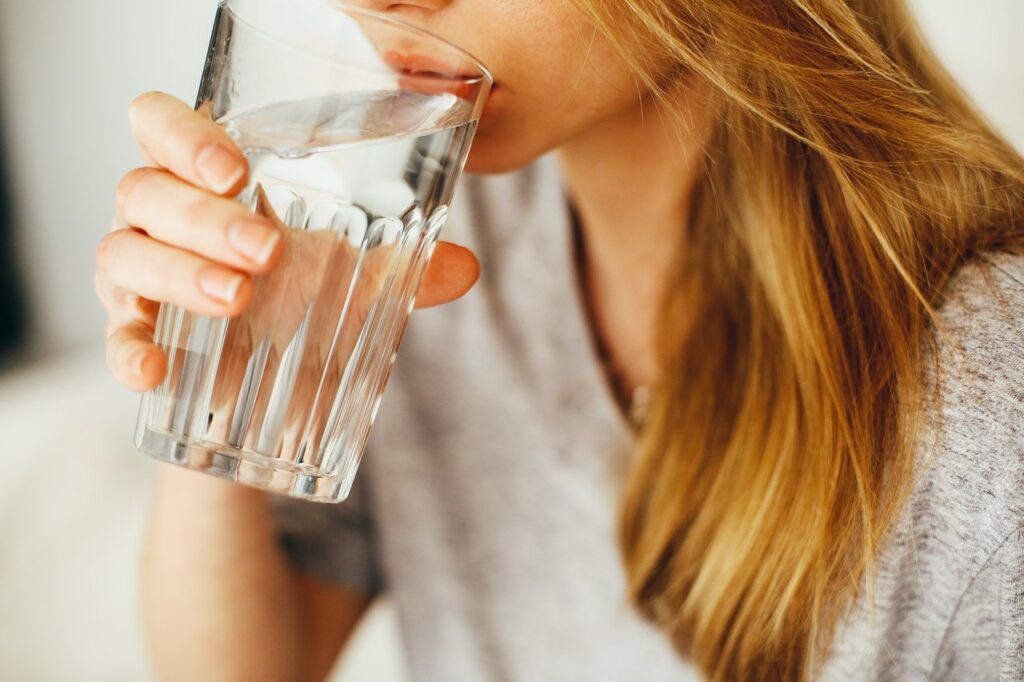Most of us know that supplied drinking water is treated with chemicals but we don’t know that use of some chemicals like chlorine can form some toxic unregulated byproducts.
Prof. Carsten Prasse from the Johns Hopkins Environmental Health and Engineering came up with a new approach for evaluating drinking water quality which could result in a cleaner and safer taps.
“We are exposing people in the United States to these chemical compounds without knowing what they even do,” Prasse said. He said that water treatment is important but there are some consequences that we have to address and the public need to know about them.
A paper outlining this research recently appeared in the Royal Society of Chemistry journal Environmental Science: Processes & Impacts
According to the paper, among all the 700 identified disinfection byproducts, only 11 compounds are currently regulated in drinking water.
Prasse clearly mentioned that the number of regulated byproducts in drinking water has not changed from nearly 30 years, even after having very clear scientific evidence of more byproducts.
Current methods to find chemicals in drinking water is veryr tiresome, expensive and based on methods that are usually outdated. Obviously, using these methods is not good and that too using today when there are so many chemicals is not at all accepatable.
Thus Prasse added that at a minimum, new methods are needed to identify chemicals that are of highest concern.
Prasse proposes casting a bigger net to capture a more diverse mix of chemicals in water samples. The “reactivity-directed analysis” can provide a broader readout of what’s present in drinking water by targeting the largest class of toxic chemicals known as “organic electrophiles.”
“This method can help us prioritize which chemicals we need to be paying closer attention to with possible new regulations and new limits while saving time and resources,” Prasse said.
This new approach based on recent scientific advances identifies toxic chemicals based on their reactivity with biomolecules such as amino acids. This new method uses the same method to identify toxic chemicals in drinking water.
“We know that the toxicity of many chemicals is caused by their reaction with proteins or DNA which alter their function and can result, for example, in cancer,” Prasse said.
Journal Reference:
Carsten Prasse. Reactivity-directed analysis – a novel approach for the identification of toxic organic electrophiles in drinking water. Environmental Science: Processes & Impacts, 2021 DOI: 10.1039/D0EM00471E
Press Release: Johns Hopkins University

